Martin Newcomb and co-workers at University of Illinois in Chicago talk about absolute kinetic studies of cyclizations of two α-hydroxy substituted radicals that can serve as radical clocks.
Read more about this ‘excellent piece of work’ as highlighted by the referees in this HOT article that will be free to access until the 14th December.
This paper is part of a collection of papers on radical chemistry that will be published shortly in OBC. Watch out for this web themed issue coming soon.
Rate constants for cyclizations of α-hydroxy radical clocks
Christopher B. DeZutter, John H. Horner and Martin Newcomb
Org. Biomol. Chem., 2011, Advance Article
DOI: 10.1039/C0OB00588F











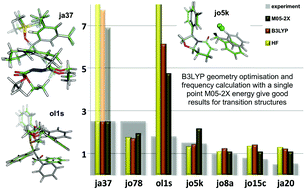 The manuscript reports an analysis of the performance of different density functionals in computational organic chemistry. The paper is based on a very large number of calculations and provides significant conclusions that have immediate application. The referees said that the manuscript stands out and that is why it is a HOT article.
The manuscript reports an analysis of the performance of different density functionals in computational organic chemistry. The paper is based on a very large number of calculations and provides significant conclusions that have immediate application. The referees said that the manuscript stands out and that is why it is a HOT article.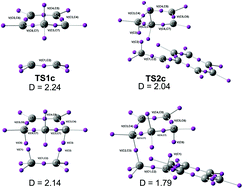
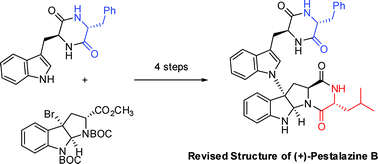
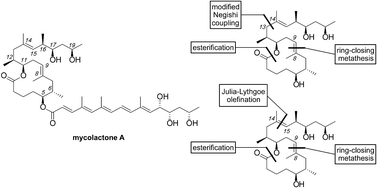 Synthetic studies on the mycolactone core
Synthetic studies on the mycolactone core 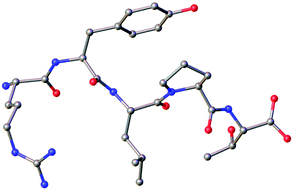
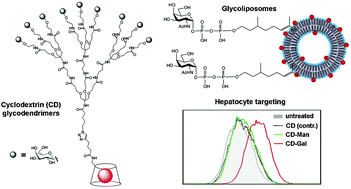
![C0OB00205D[1]](https://blogs.rsc.org/ob/files/2010/08/C0OB00205D1-300x76.gif)